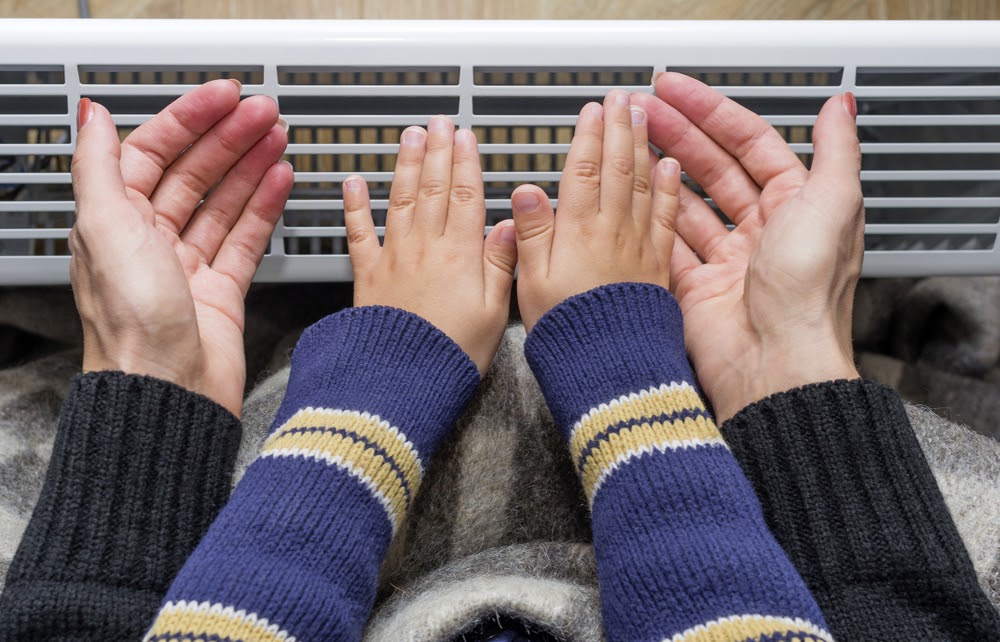What Are Energy Efficient Baseboard Heaters?
According to the Department of Energy, your heating system uses more energy and costs more to operate than any other system in your home. For this reason, switching to an energy efficient heating system can reduce your home’s energy consumption and lower your monthly bills. There are many different types of heating systems, but energy efficient baseboard heaters are one of the most popular options. Here’s what you should know about these heating systems:
How Do Energy Efficient Baseboard Heaters Work?
Baseboard heaters are electric resistance heating systems. They are not capable of heating your entire home. Baseboard heaters are zonal heaters, which means they are only designed to heat specific areas of your home. Each baseboard heater is controlled by a thermostat located within the same room as the heating system. If your home has multiple baseboard heaters, you will need a different thermostat for each one.
Baseboard heaters are designed with electric heating elements enclosed in metal piping. These pipes are covered in aluminum, which assists with the transfer of heat. Cold air enters the system from the bottom of the baseboard heater. This air warms up inside the heater before eventually rising into the room. This is the main source of heat provided by a baseboard heater. However, the metal piping also emits a small amount of heat.
Unlike other heaters, baseboard heaters do not use fans to circulate air. Because of this, these systems may take a little longer to warm up a room.

How Energy Efficient Are Baseboard Heaters?
All electric resistance heating systems are 100% energy efficient, which means all of the energy consumed by these heating systems is used to produce heat. None of the energy goes to waste.
However, it’s important to understand that the electricity used to power baseboard heaters is generated from coal, gas, or oil. A lot of energy is wasted during the process of converting coal, gas, or oil into electricity. Only about 30% of the energy from these sources is actually converted into electricity, which means 70% is wasted.
So even though the baseboard heater does not waste any energy, a lot of energy is wasted in the process of supplying the heating system with power. As a result, using an electric resistance heating system such as a baseboard heater is not the most energy efficient way to stay warm inside your home.
Heating systems powered by natural gas, propane, or oil furnaces are more energy efficient than those powered by electricity. But if you prefer an electric heater, the most energy efficient option is an electric heat pump.
How Much Does It Cost to Operate Baseboard Heaters?
Most baseboard heaters are inexpensive, so you won’t need to spend a lot of money upfront in order to invest in this type of heating system. In fact, baseboard heaters are far more affordable than other heating systems including furnaces and heat pumps.
Although the initial cost of a baseboard heater is low, the operating costs are usually high. According to the U.S. Energy Information Administration, it costs nearly $35 to generate one million BTUs of heat with a baseboard heater. It costs less than $15 to generate the same amount of heat using an electric heat pump and around $7 to generate it with a traditional gas furnace.

How to Maximize Energy Efficiency With Baseboard Heaters
A baseboard heater is not the most energy efficient way to heat your home. However, if you plan on using a baseboard heater, there are certain steps you can take to maximize its energy efficiency. Here’s what to do:
- Install the heater underneath a window. Warm air from the heater will rise toward the window, which will counteract the cold air falling from the windowpane.
- Do not install baseboard heaters on interior walls. Experts recommend increasing the supply of heat around your home’s perimeter, which is where most of the heat loss occurs.
- Place the baseboard heater at least three-quarters of an inch above the floor. There needs to be enough space for cold air to enter through the bottom of the heater. If the heater is pressed against the floor, cold air won’t be able to enter, which means the baseboard heater won’t be able to heat it up.
- Do not operate your baseboard heater and central heater at the same time. You should only use your baseboard heater when you need to heat a specific room in your home and your central heater, if you have one, is off.
- Choose the right heating capacity. If the heating capacity is too low, the system will not be capable of heating the room. But if it’s too high, the system will produce too much heat for the room, which means it will waste energy.
Keep these tips in mind when shopping for, installing, and using your energy efficient baseboard heater.


